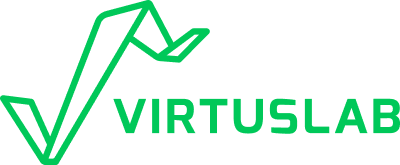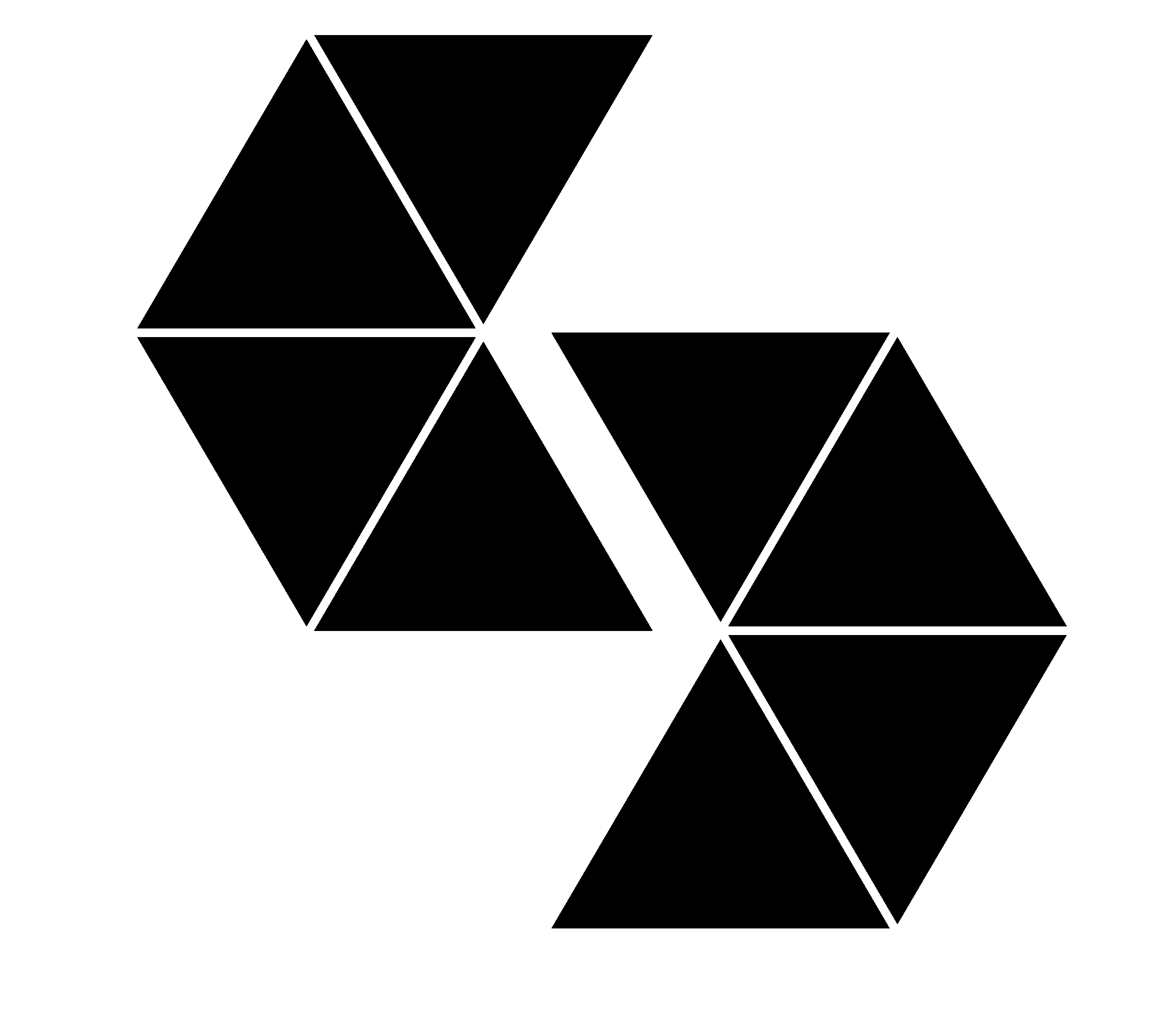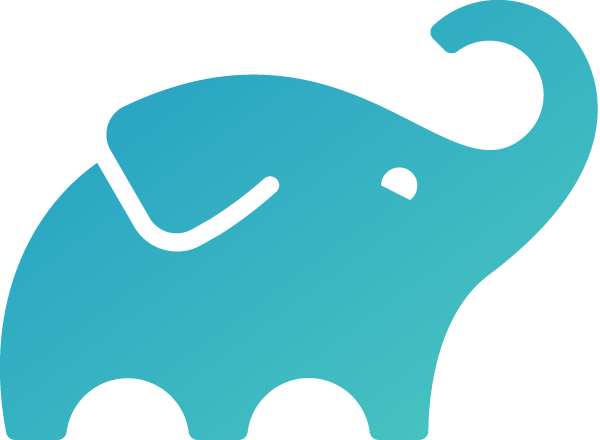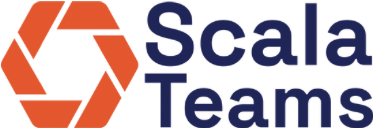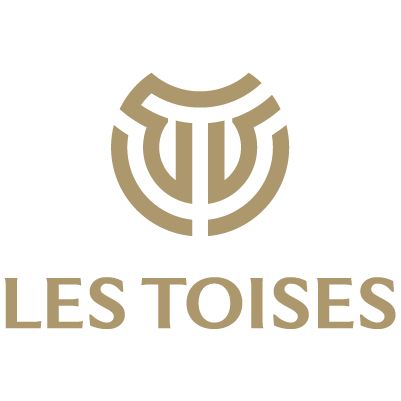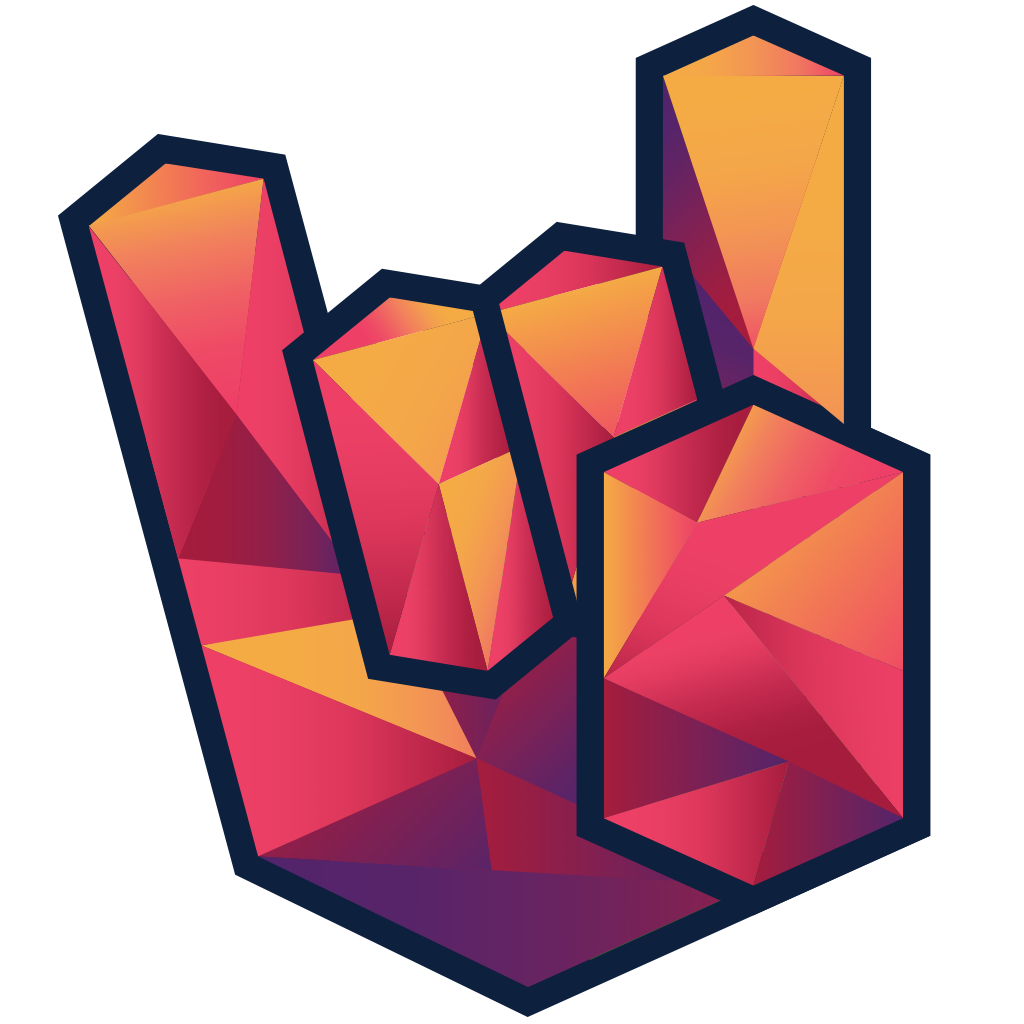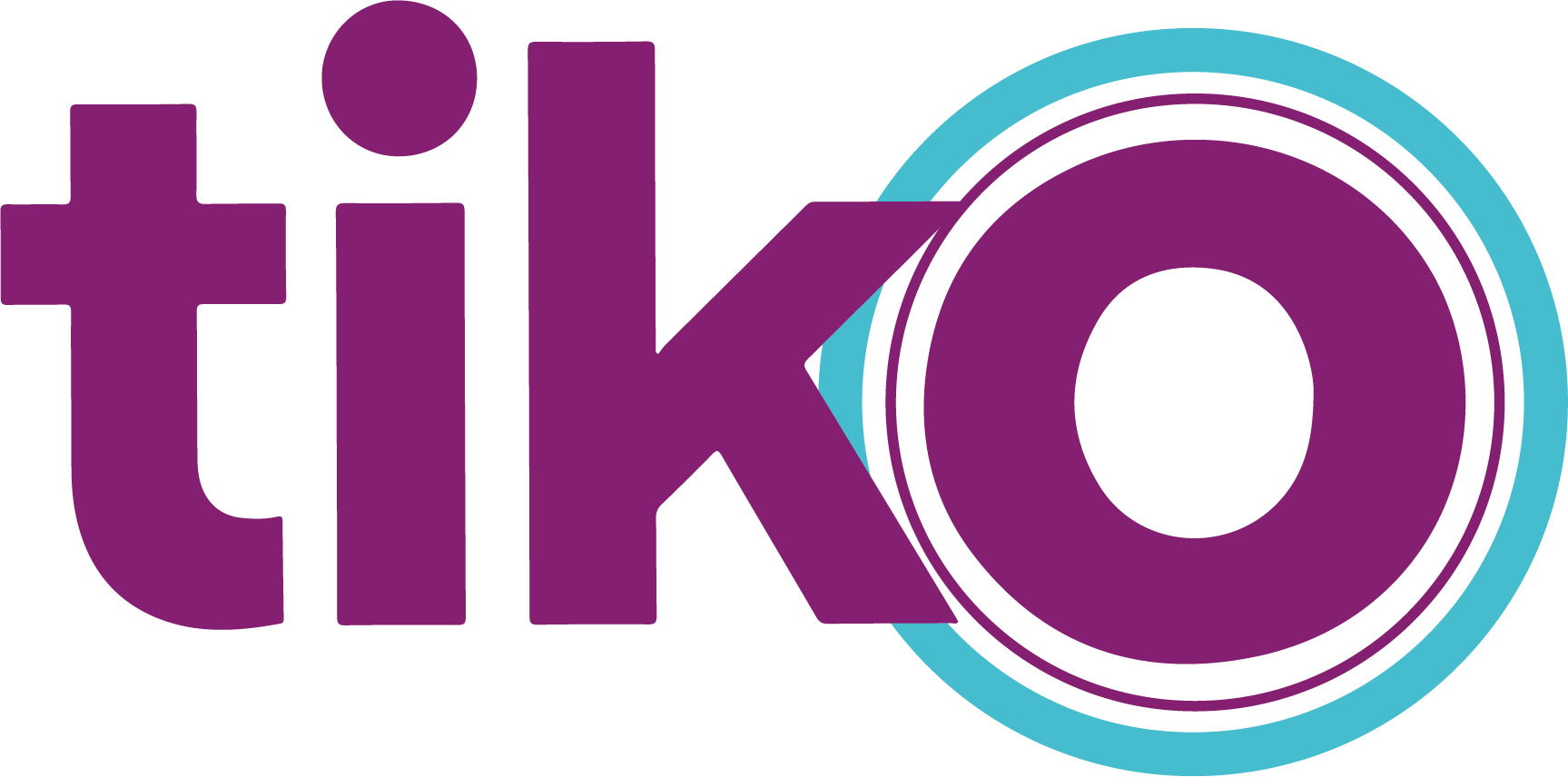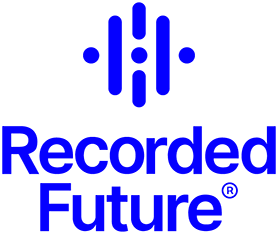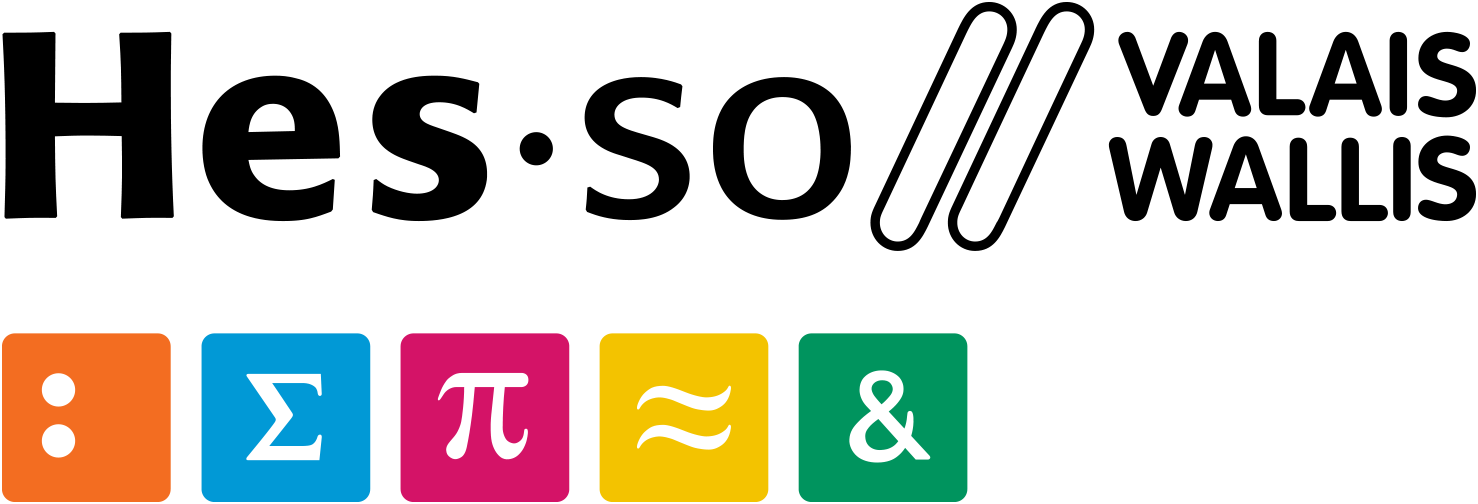Day 4 -
Aug 21st
Industry (Room 4A)
Full-stack scala
Scala 3 is a fantastic language. While it may not be mainstream, it’s a hidden gem for full-stack development. At exomap.io, we’re building a geospatial SaaS platform entirely in Scala. This talk is a tour of that codebase and the stack that makes it work:
- Front-end: Laminar’s functional reactive model makes building responsive UIs a joy. Its expressiveness makes rigid state containers and component hierarchies feel obsolete. Combined with Tailwind and Vite’s Scala.js integration, we get fast visual iteration.
- HTTP & API: Tapir makes APIs nearly invisible—just plain case classes and functions. By defining endpoints in a shared project, the client and server stay perfectly in sync. This is where using one language really pays off in terms of productivity.
- Back-end: Cats Effect, Http4s, and Tapir keep things tight yet capable. Middleware gives us logging and monitoring out of the box. With FS2 and Doobie, we stream data directly from the database and cancel long-running requests cleanly, all the way down to the DB layer.
- Infrastructure: Finally, Besom and Pulumi let us close the loop—writing infrastructure as code, in Scala. Domains, certificates, networks, load balancers, databases, containers—you name it, we configure it with full expressive power and strong typing.
Scala’s type system and expressiveness are liberating. They let us build and maintain complex systems solo or in small teams—without sacrificing correctness or velocity.
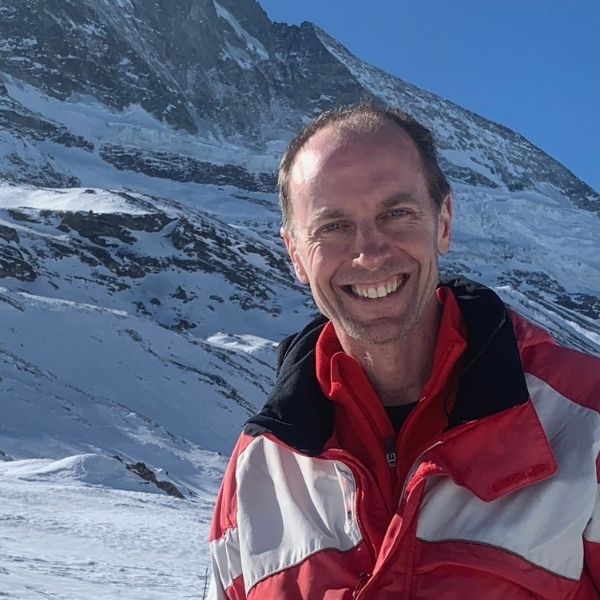
Jonas Chapuis
Terasol
Software engineer with a particular interest in functional programming and distributed systems. I have recently embarked on an exciting journey to create a geospatial decision-support system for urban renaturation to help cities combat heat and floods! At Bestmile and then ZF (after acquisition) I helped to build a Scala-based micro-services system for vehicle fleet orchestration i.e. matching passenger demands to transportation means and pooling as much as possible through advanced optimization algorithms. Previously I was employee number 10 at Nexthink where I made important contributions to its revolutionary software for user-centric enterprise IT, which has now grown to a billion-dollar worth business. Before Nexthink, I had created an application for computer-aided surgery which was used at several hospitals, for which I earned my Ph.D. at the University of Bern in 2006. I am also an EPFL graduate, where I earned my M.Sc. in 2001. I have also done some teaching at the HEIG-VD engineering school and I sometimes speak at local conferences and meetups.
Join our conference
Subscribe and follow @ScalaDays on BlueSky for the latest conference updates.
